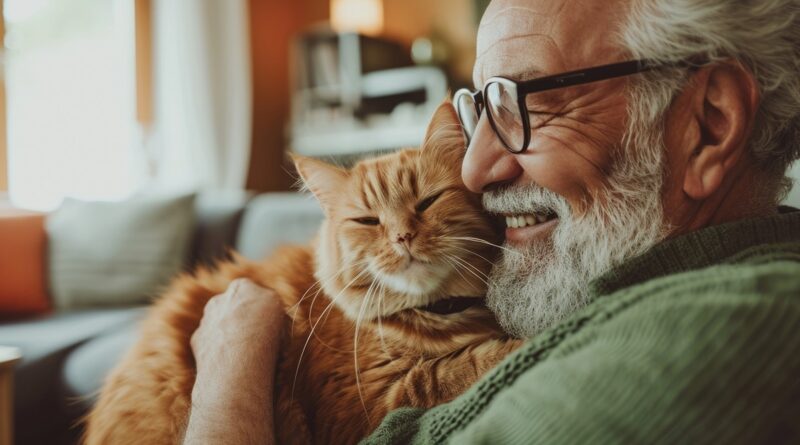Are you Loving your Pet to Death?
Carla Christian
NESTLED BESIDE YOU on the sofa, your loyal lovebug offers warmth and love, a companion on rough days and an eager partner for adventure. You love them with all your heart. Did you know, though, that you could be at risk of loving them to death? The culprit: not understanding the importance of keeping them trim.
While obesity is the leading preventable disease in dogs and cats — and yes, it is a disease — many don’t even realize their pet has it. Pet owners are proven to be poor judges of their pets’ healthy weight. In fact, nearly a third consider their overweight or obese pet normal or even thin.
Dogs and cats are considered overweight when they weigh 10 to 30 percent over their ideal weight and obese over 30 percent. A whopping 59 percent of dogs and 61 percent of cats qualify, and that number has grown steadily in recent years.
Weight loss is tough for anyone, two- or four-legged. But losing weight can add years to your pet’s life, and improve their health (and happiness) along the way.
Scientists have learned that fat is biologically active, secreting inflammatory hormones and contributing to disease. Your overweight or obese pet is at risk of metabolic problems, heart disease, joint problems, immune dysfunction, and even cancer.
Excess weight might be associated with breed, body type, or even gut microbiome. However, the most important factor in overweight pets is owner behavior. After all, who controls the food and treats?
No one wants to cause their beloved pet health problems. A strip of jerky or a morsel from your dinner plate shows affection, right?
How to tell if your pet is overweight?
Try the hand test. Feel how much fat is covering their ribs just behind their front legs and compare it to your hand. If the ribs feel like the back of your hand, your dog’s in good shape. If the ribs stick out like knuckles your dog is too thin, and if the ribs feel like the palm of your hand your dog is overweight.
Help keep them trim
Check with your vet before starting a weight loss plan to ensure their excess weight is not due to a medical condition. Given the all-clear, the first step is to begin a healthy plan.
Don’t feed less than the recommended serving of regular pet food; this can result in malnutrition. If eliminating treats isn’t enough, your veterinarian can prescribe food formulated for weight loss. Always serve correct portions.
The following can also help.
• Provide plenty of exercise and social stimulation. Walk your dog at a brisk pace with fewer sniff breaks.
• Use toys, balls, laser pointers, squeaky toys, or sticks to play active games at least twice a day.
• Change the food bowl location frequently (including up- or downstairs) so they have to walk to find it.
• “Slow feed” and provide extra stimulation using a treat ball or food puzzle, available online and at local pet supply stores.
• Divide daily food quantity into four to six small meals per day.
It’s hard to say “no” to pleading eyes when your sweetie is begging. Try diverting their focus with extra attention. Hold back a few pieces of kibble from their ration to drop in their bowl when they beg, or offer a crunchy vegetable.
Check your progress along the way, whether by using the hand test or a weigh-in at your vet’s office.
Upon reaching your pet’s weight goal, they’ll likely look better and seem happier and more energetic. And while they may not know it, you’ve likely just added years to their life.

